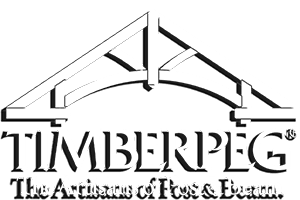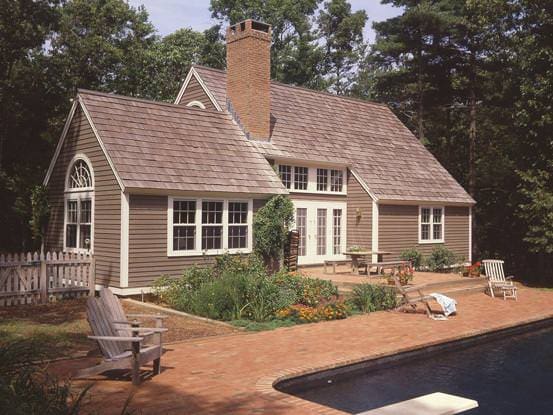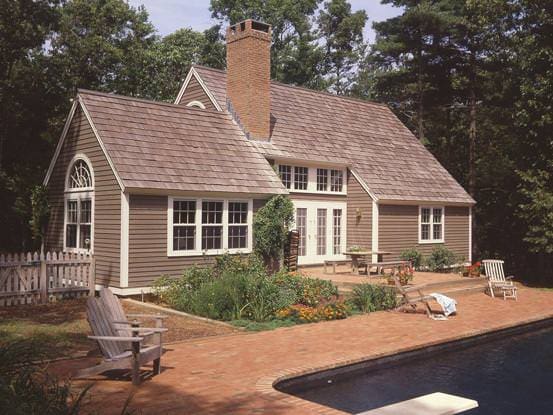Thanksgiving is less than a week away, and most of us are very much engrossed in planning for the holiday. And while most of us know the story of the Pilgrims’ journey to Plymouth and the first Thanksgiving the following fall, the details of the months in between may be less well known. Needless to say, shelter was the first priority for the settlers upon their arrival.
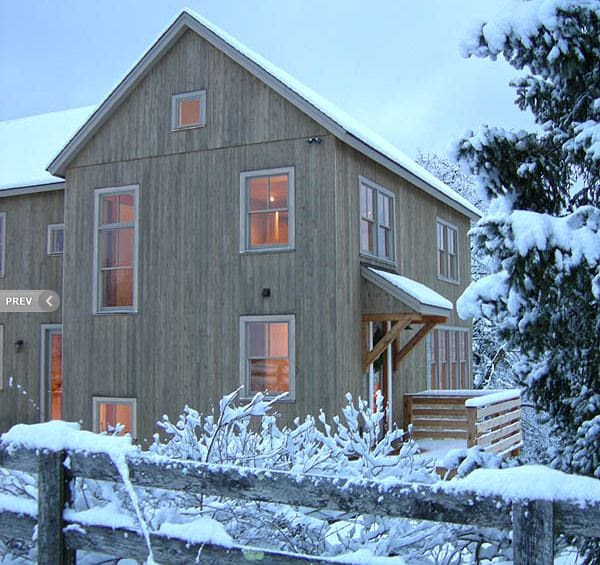
The Pilgrims did not arrive in Plymouth until December 21, 1620. This was several months behind schedule, due mostly to delays in leaving Europe due to the condition of their ships. In fact, the original voyage was to consist of two ships, but the Speedwell was so unseaworthy that it was left in England and the Mayflower was sailed alone on the 66-day journey. After finding conditions unsuitable on Cape Cod, they decided to settle at Plymouth.
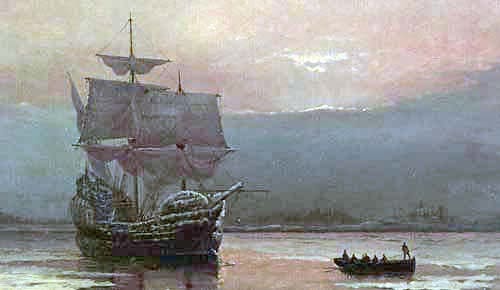
The plan was to start building houses right away, but weather delayed construction until December 23. While they had brought tools and nails and other iron hardware with them, most of the materials were to be found onsite. Timber frame construction was essentially the only method used in construction during Plymouth’s early years. Timber framing allowed structures to be completed rapidly, which was needed in the New England winter. The first structure, a common house, was completed in two weeks.
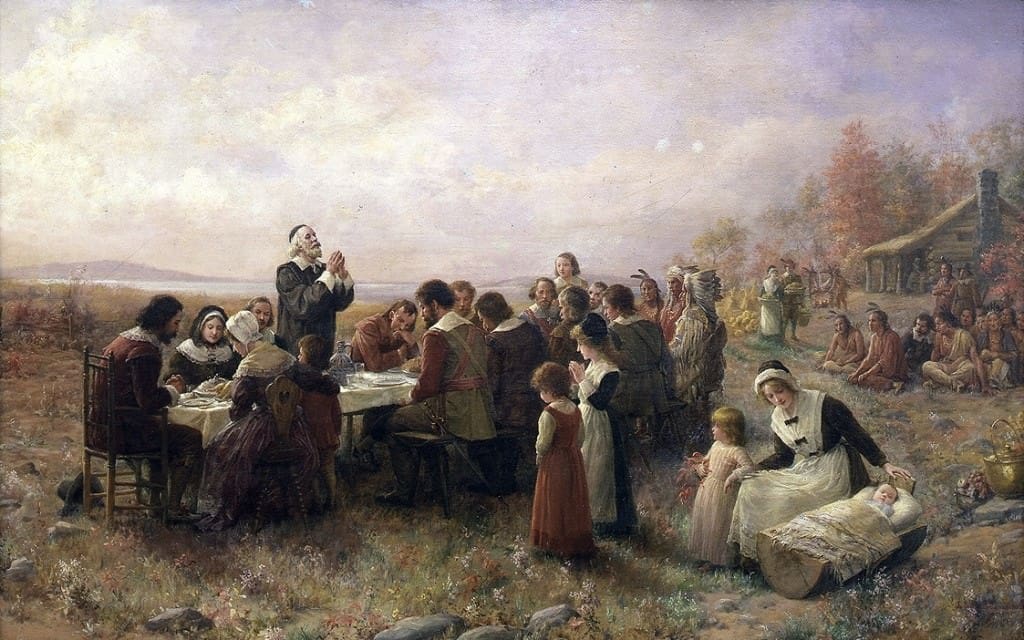
The timber frame supported the house, while smaller wooden studs ran between posts. These studs were used to support the wattle and daub wall construction. The wattle was formed of a woven lattice of wood strips, and it was plastered over with daub, an improvised plaster of soil, clay and straw. This plaster was sanded smooth on the inside, and wooden clapboards were used for exterior siding. Although many of the Pilgrims were used to brick exteriors from England, there is no evidence of brick buildings at Plymouth. At other early English colonies like Jamestown, however, brick buildings were used.
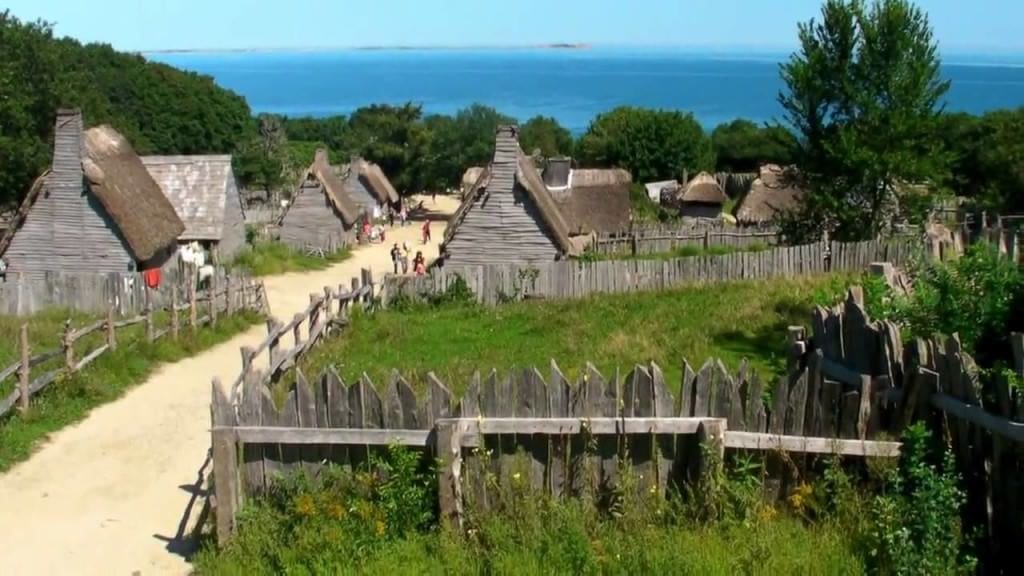
In the first winter at Plymouth, four common houses were constructed as well as seven private homes. Initially, plans were for nineteen private homes to be constructed the first year. However, the deaths of 45 of the 102 settlers in the first year reduced the demand and labor available for building homes. In the next year, the colony grew to around twenty houses, and on to about thirty houses in 1624. At first the homes had thatched roofs, but shake roofs became common later on.
As you can see, timber framing was an important part of American architecture from the earliest days of European settlement. If you wish to continue this tradition by celebrating future Thanksgivings in a timber frame home of your own, please contact us.
